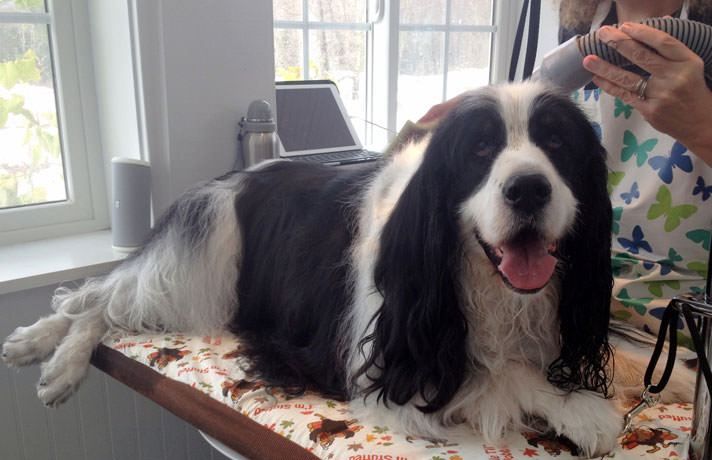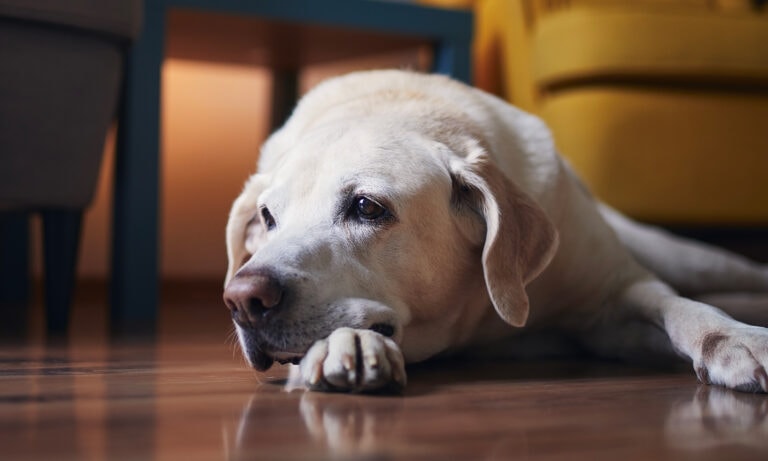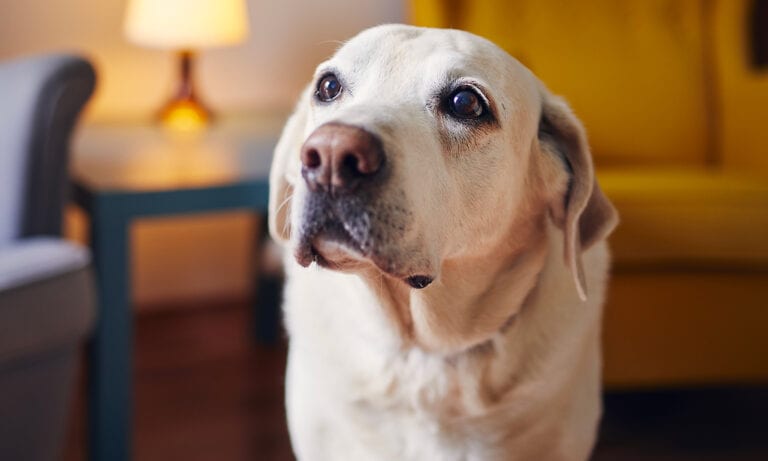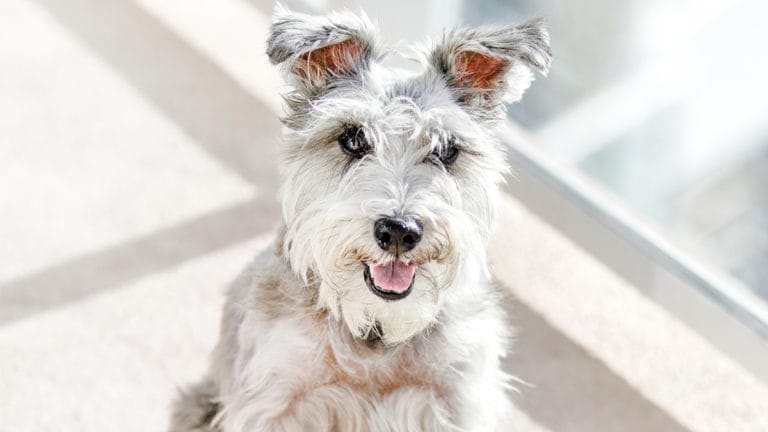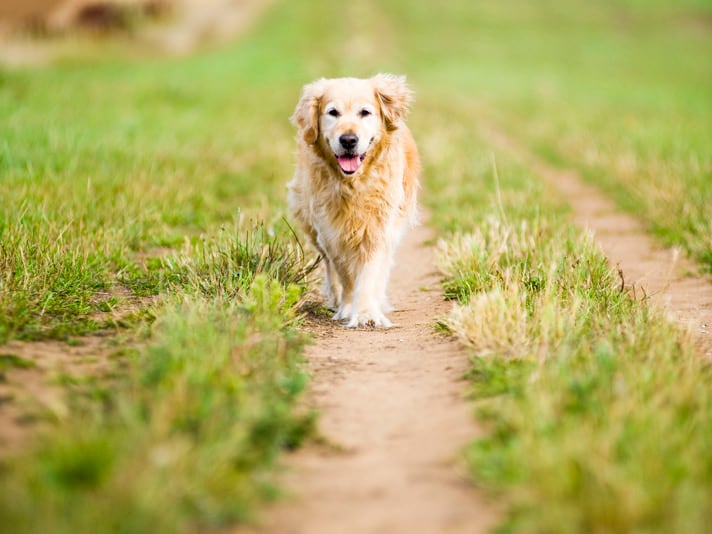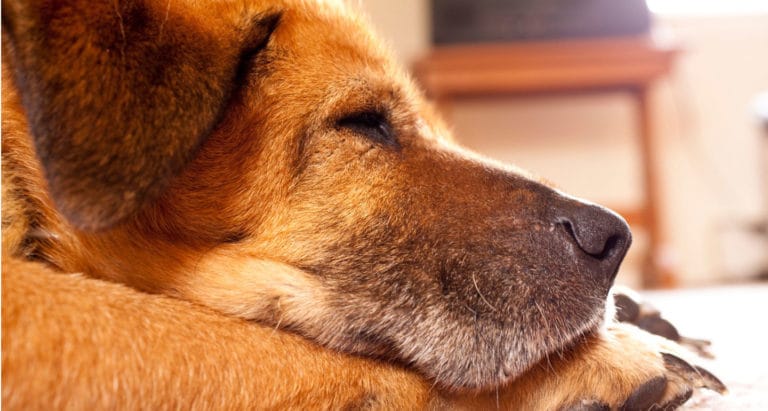Of the 52 million dogs in the United States, one-third of them are considered to be geriatric. I have a real soft spot for older dogs and, as a professional pet stylist, my heart melts when I have the opportunity to groom a senior pet.
Older dogs are often less active and agile than their younger counterparts, and they may suffer from aches and pains that they didn’t when they were pups. Here is a list of grooming tips that you can incorporate into your pet’s care routine to make life a little easier for both of you:
1. Make sure your pet is standing or lying on a soft, no-skid surface for brushing sessions. This will help him feel more comfortable and secure. Something as simple as a rubber bathmat can make a good surface for your dog to stand on while you brush.
2. Check your brushes and combs to make sure they are in good repair. If the teeth are bent or damaged, they can scratch the skin or cause coat breakage. If you are not sure what type of dog brush and comb your pet needs, ask a professional groomer to guide you.
3. Choose softer, gentler brushes for older dogs. Skin may lose elasticity and strength as dogs age, and many dogs develop tender lumps and bumps in their later years.
4. Keep grooming sessions fairly short. It is better to work on your pet for 10 minutes at a time, a few days a week than to expect him to tolerate long grooming sessions.
5. Older dogs often need their nails trimmed more often. If the nail tips touch the floor when the pet is standing still and you can hear them clicking when your dog walks, it is time for a trim. Long nails can cause discomfort and difficulty walking.
6. If your older pet is slipping and sliding when he walks on smooth surfaces, check to see if he has a lot of hair growing from between his toes on the underside of the foot. If so, removing that hair may help your dog have better traction. If you don’t feel confident doing this, seek a professional groomer to assist you.
7. Extreme temperatures can be a problem for older pets. If you have always kept your dog’s hair trimmed short, you may find that he now shivers in cold weather when he didn’t in the past. Consider a longer hairstyle to help your pet stay warmer.
8. Matted, tangled hair does not insulate your pet as effectively as clean, tangle-free hair does. If you have a breed that requires professional grooming, it may be best to have him groomed more often to keep his coat in top shape, so it can properly protect him from cold and heat.
9. Check your dog’s eyes, ears and mouth each time you groom. If any matter has collected in the corners of the eyes, you can gently soften it with warm water on a gauze pad or cotton ball. Soak the area, then carefully wipe away from the eye to remove any build-up. Check to make sure the ears do not have any discharge or odor. Check the mouth to make sure there is not plaque buildup on teeth, redness or swelling of gums or offensive odor. If you find a disagreeable smell, swelling or redness in the ears or mouth, consult your veterinarian.
10. Examine the “sanitary” areas. Sometimes, due to stiffness, older dogs have difficulty keeping these spots as clean as they did when they were young. Trimming the hair around the area to avoid urine or feces getting trapped in it can be helpful. A quick clean-up trick if the hair does get soiled is to use baby wipes on these areas after your dog voids to keep things tidy.
11. If you bathe your dog at home, make sure the tub or sink has a no-slip mat in it so the dog has secure footing. Choose a mild, basic cleansing shampoo unless your veterinarian recommends a specific dog shampoo due to a skin condition. Rinse, rinse and then rinse some more!
12. After the bath, absorb as much water as possible from the coat with warm towels, then gently brush your pet while using a dryer on the warm (never hot) setting. Make sure you get the dog as dry as possible to prevent chilling.
Grooming sessions are a wonderful way to bond with your dog, as well as being a good time to note any changes you may see in your pet. Thinning hair, skin irritations, growths or lumps you may discover as you brush are all things to keep an eye on and discuss with your veterinarian if they cause you any concern.
Older pets often appreciate grooming sessions, as you can reach some itchy spots that they no longer can, and the extra attention lavished upon them seems to be especially welcome. It is a joy to see your freshly brushed pet strut away, as if he knows how good he looks once he has been groomed and fussed over a bit.
By: Daryl Conner
Featured Image: Via Daryl Conner
Share:
